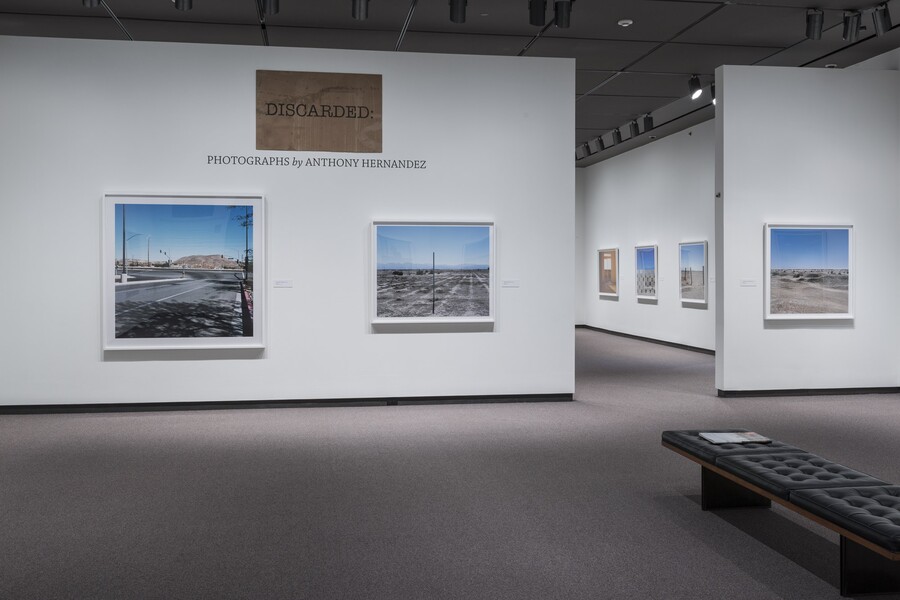November 04, 2015 Amon Carter Museum of American Art Announces 2016 Exhibition Schedule

Fort Worth, TX, November 4, 2015
Exhibition Schedule
American Epics: Thomas Hart Benton and Hollywood
February 6–May 1, 2016
#ACMbenton
The first major exhibition in more than 25 years to feature the life and works of the renowned American painter Thomas Hart Benton (1889–1975), American Epics: Thomas Hart Benton and Hollywood explores the previously overlooked relationship between Benton’s art and movie making. Benton’s associations with the film industry began on the silent film sets of Fort Lee, New Jersey—the first “Hollywood”—and extended to an intimate career-long association with Hollywood’s movers and shakers.
Benton’s awareness that movies were the best and most popular means of telling American tales inspired a signature artistic style that melded centuries-old traditions with movie-production techniques to create images that appealed to a broad range of Americans. The exhibition brings together nearly 100 works by Benton, including more than 30 of his paintings and murals, as well as a selection of his drawings, prints and illustrated books in juxtaposition with scenes from some of Hollywood’s greatest films.
The Peabody Essex Museum, Salem, Massachusetts, organized this exhibition in collaboration with the Amon Carter Museum of American Art, and the Nelson-Atkins Museum of Art. The exhibition was made possible in part by Bank of America and a major grant from the National Endowment for the Humanities: Celebrating 50 years of excellence, with additional support from the National Endowment for the Arts. The exhibition is supported by an indemnity from the Federal Council on the Arts and Humanities.
Discarded: Photographs by Anthony Hernandez
March 5–August 7, 2016
#ACMhernandez
Discarded portrays the halting spread of Los Angeles into the lower reaches of California’s Central Valley to the desert region east of Palm Springs. Centering largely on housing developments that have been abandoned at various stages of their construction, the exhibition reminds us of Americans’ penchant for discarding what we no longer want, and how individuals sometimes get caught in this same current. Despite their difficult subject matter, Hernandez’s (b. 1947) large photographs lure us in with color, atmosphere, and detail—sharing the beauty of the clear desert light and the comforting patterns of lived experience. The images deliver a disconcerting poignancy that asks us to question what we value and why we find it so easy to turn away.
Procession: The Art of Norman Lewis
June 4–August 21, 2016
#ACMlewis
This is the first comprehensive museum exhibition on Norman Lewis (1909–1979), which explores his influential role in American art from the 1930s through the 1970s. Lewis was a pivotal figure in the Harlem art community and the abstract expressionist movement; he was also a politically conscious activist who was able to reflect the currents of the civil rights movement in his abstract work. The approximately 70 artworks in this exhibition reveal the artist’s dramatic range, from his early figurative works dealing with social issues to his mature abstract expressionist paintings conveying music and sound, as well as politically charged issues, to his late, spiritually imbued works. Organized by the Pennsylvania Academy of the Fine Arts (PAFA), Procession considers the complexity of Lewis’s art in its entirety, examining his use of figuration within his abstract expressionist style, his ability to integrate social issues and abstraction, and the surprising and expressive palette he championed throughout his career.
Border Cantos: Richard Misrach | Guillermo Galindo
September 24–December 31, 2016
#ACMbordercantos
This multidimensional collaboration between heralded photographer Richard Misrach (b. 1949) and innovative artist-musician Guillermo Galindo examines the border between the U.S. and Mexico through a revelatory, humanistic lens. Border Cantos brings together Misrach’s often large-scale photographs with musical instruments that Galindo has created out of artifacts like clothing, shotgun shells, “drag” tires, and toys found along the border fence. These items, together with the sound and video installations of Galindo playing his instruments, evoke the raw authority of the wall while conjuring the quiet unease that suffuses the American side of the border.